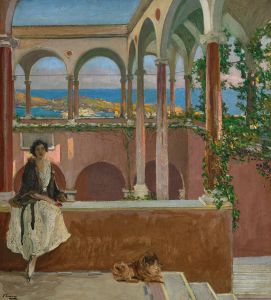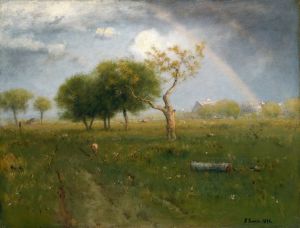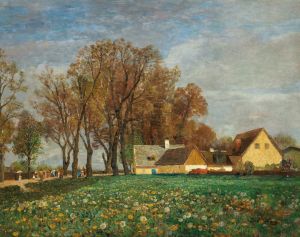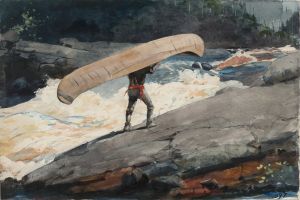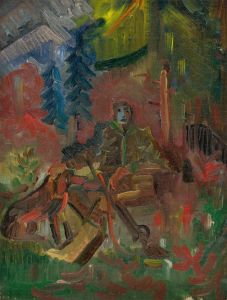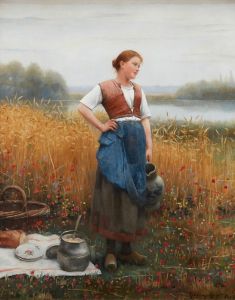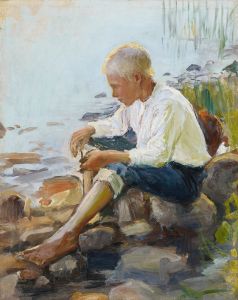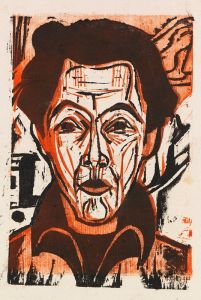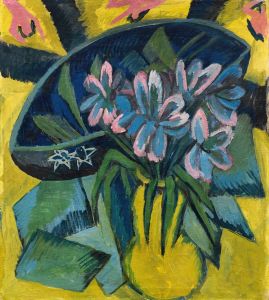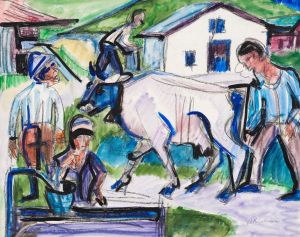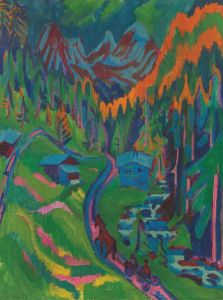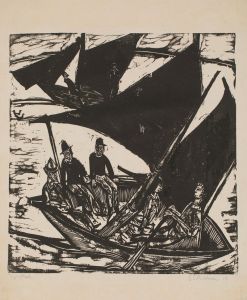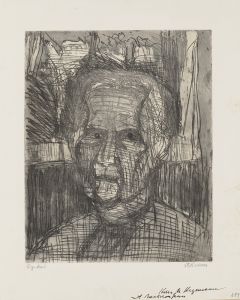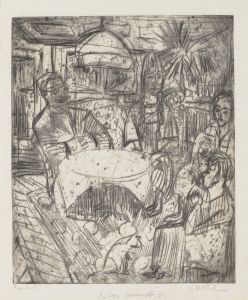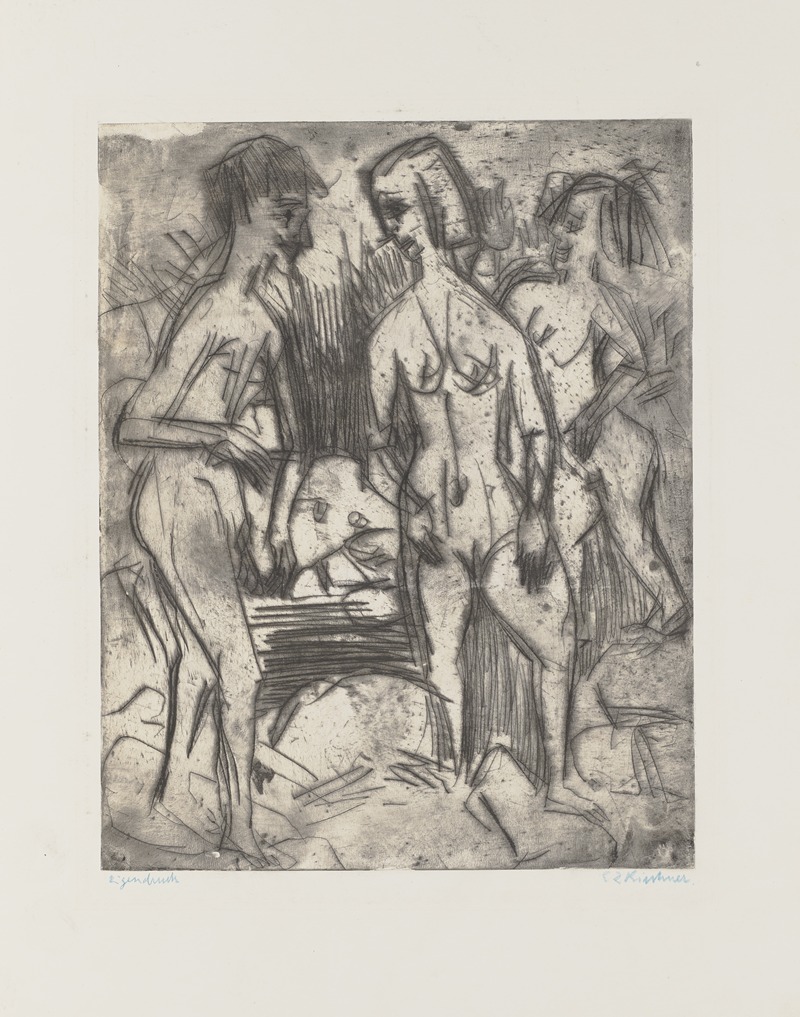
Badende im Bach
A hand-painted replica of Ernst Ludwig Kirchner’s masterpiece Badende im Bach, meticulously crafted by professional artists to capture the true essence of the original. Each piece is created with museum-quality canvas and rare mineral pigments, carefully painted by experienced artists with delicate brushstrokes and rich, layered colors to perfectly recreate the texture of the original artwork. Unlike machine-printed reproductions, this hand-painted version brings the painting to life, infused with the artist’s emotions and skill in every stroke. Whether for personal collection or home decoration, it instantly elevates the artistic atmosphere of any space.
"Badende im Bach" (Bathing in the Stream) is a painting by the German expressionist artist Ernst Ludwig Kirchner, created in 1917. Kirchner was a leading figure in the German Expressionist movement and a founding member of the artist group Die Brücke (The Bridge), which played a pivotal role in the development of modern art in the early 20th century. His work is characterized by bold colors, dynamic compositions, and a focus on the human figure, often exploring themes of modernity, nature, and the human experience.
The painting "Badende im Bach" is a quintessential example of Kirchner's exploration of the human form in natural settings, a theme that recurs throughout his oeuvre. During the time this painting was created, Kirchner was recovering from a nervous breakdown and had moved to Switzerland to recuperate. The Swiss landscape, with its serene and unspoiled nature, provided a stark contrast to the urban environment of Berlin, where he had previously lived and worked. This change in environment is reflected in the subject matter and style of his work during this period.
In "Badende im Bach," Kirchner depicts a group of nude figures bathing in a stream, a scene that conveys a sense of freedom and a return to nature. The figures are rendered in Kirchner's characteristic style, with elongated forms and expressive, almost abstract, lines that capture movement and vitality. The use of vibrant colors and dynamic brushwork imbues the scene with energy and emotion, inviting the viewer to experience the joy and liberation of the figures.
Kirchner's choice to depict nudes in nature was not merely an aesthetic decision but also a philosophical one. The members of Die Brücke were influenced by the Lebensreform movement, which advocated for a return to a more natural and healthy way of living, including an emphasis on outdoor activities and a rejection of the constraints of modern industrial society. By portraying figures in harmony with nature, Kirchner's work reflects these ideals and critiques the alienation of modern life.
The painting also demonstrates Kirchner's interest in non-Western art forms, which he and his contemporaries admired for their perceived authenticity and emotional directness. This influence is evident in the simplified forms and bold outlines of the figures, reminiscent of African and Oceanic art that Kirchner studied and collected.
"Badende im Bach" is part of Kirchner's broader body of work that explores the theme of bathers, a subject he revisited throughout his career. These works are celebrated for their innovative approach to form and color, as well as their ability to convey complex emotions and ideas through seemingly simple scenes.
Today, Kirchner's paintings, including "Badende im Bach," are held in high regard and can be found in major art museums and collections worldwide. His contributions to the Expressionist movement and his influence on subsequent generations of artists are widely recognized, making him a pivotal figure in the history of modern art.





